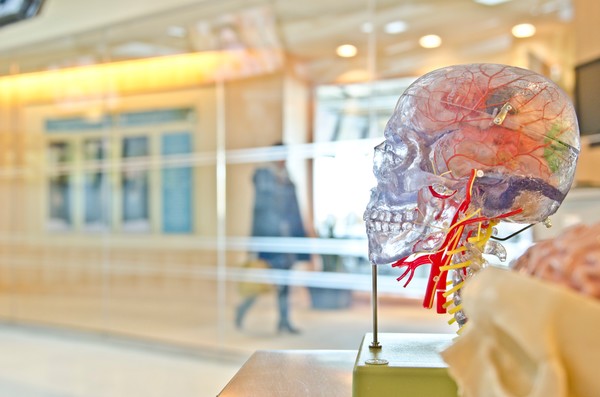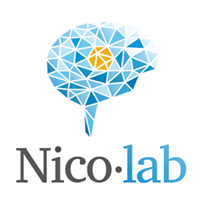BRAINS: Better Results with Artificial INtelligence for Stroke
Stroke is common (15 million per year) and is associated with life-long disability (35%) and high mortality rates (30%), causing a tremendous socio-economic burden. Only around 1/3rd of the patients will have a positive outcome. Since 2015, two proven treatment options are available: 1) the traditional administration of a clot-dissolving medicine and 2) the recently proven mechanical removal of the clot with use of a catheter. Acting fast is key; without oxygen, all brain cells will be lost within a couple of hours, making treatment futile.
Strokes are diagnosed at the hospital using radiological imaging. These images contain properties that provide information about the nature of a stroke, and the possible (beneficial) effect of treatment. However, visual evaluation is difficult and time consuming. BRAINS aims at analysing radiological images to rapidly and reliably assess relevant features. BRAINS wishes to do so by implementing artificial intelligence for analysis of CT and MRI to accurately evaluate two key parameters: collateral capacity and ischemic tissue damage. These applications have the potential to assist adequate and fast treatment decisions, which allows the patient to be treated faster and more efficient, leading to a better outcome.



